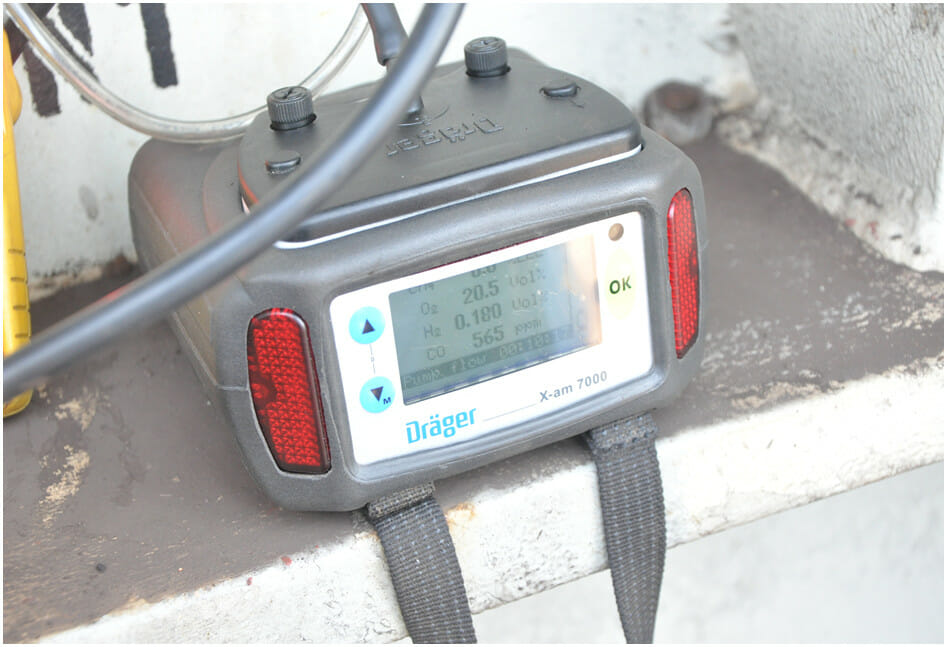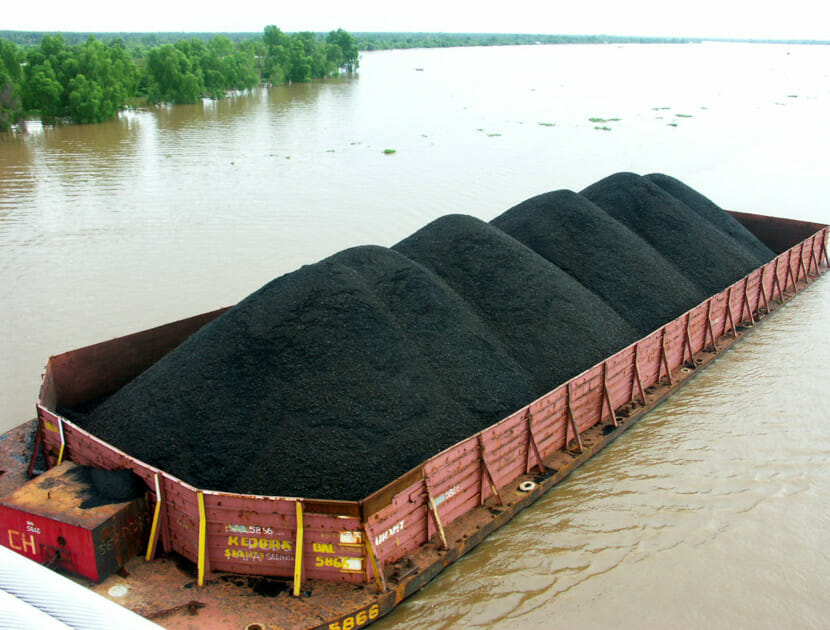Common problems associated with the transportation of coal in bulk include self-heating and methane production. Self-heating can lead to fires, and the production of carbon monoxide (CO) and methane lead to an explosive atmosphere being generated in a hold. From our experience with coal cargoes loaded in Indonesia, self-heating is a frequently encountered problem.
Hawkins regularly deal with problems associated with self-heating coal cargoes. For example, following loading of a cargo, the vessel begins to monitor the hold atmosphere and notes very high carbon monoxide levels. We can assist by attending in order to determine the actual situation or provide advice on how to avoid problems associated with self-heating coal becoming a major issue. Below is advice on the loading of coal cargo and actions the Master can take.
THE IMSBC CODE
The IMSBC Code provides mandatory requirements for the loading and carriage of coal. Of particular note are the following:
- The Master should not load cargo without the shipper providing a cargo declaration consistent with the requirements of the IMSBC Code. The cargo declaration should state whether the cargo has a history of self-heating and whether it has a tendency to emit methane.
- Coal should not be loaded if its temperature exceeds 55˚C. Although not required by the IMSBC Code, an infrared thermometer can greatly assist the crew in checking the surface temperature of the cargo prior to and during loading.
- Upon completion of loading, each hold should be closed. After loading, and unless advised otherwise, the holds should be ventilated for the first 24 hours or until the methane concentration is acceptably low.

SELF HEATING IN BULK COAL CARGOES
Self-heating normally occurs in localized hot spots within a bulk cargo, and temperature measurements are unlikely to identify any problems. However, when coal self-heats it produces CO, so measuring the concentration of CO is the most effective method to identify a self-heating cargo. The atmosphere in each cargo hold should be monitored, at least on a daily basis, for CO, oxygen, hydrogen sulphide and flammable gas (LEL). If the holds are being ventilated, then ventilation should be stopped at least 4 hours prior to gas measurements being taken.
If there is a fire or high levels of CO are detected, the vessel should:
- Close hatches and all ventilation to the holds
- Ensure all spaces adjacent to the holds are checked prior to entry and that no-one enters confined spaces without confirming that it is safe to do so by checking the CO and O2 levels
- Consider boundary cooling of the affected holds and heading towards the nearest port of refuge
- Notify Owners and the P&I Club without delay as the attendance of an expert may be necessary
- Provide Owners and the P&I Club with all temperature and gas monitoring records for the voyage
Despite the risks associated with the transportation of coal cargoes, the majority of vessels carry them without incident, and adhering to the requirements and recommendations in the IMSBC Code greatly reduces the risk of fire. Hawkins have many years of experience in assisting Owners and P&I Clubs preventing an incident from becoming a major casualty. If the Master only allows cargo below 55˚C to be loaded and regularly checks the cargo, then problems can be identified at an early stage and thereby prevented from escalating.






